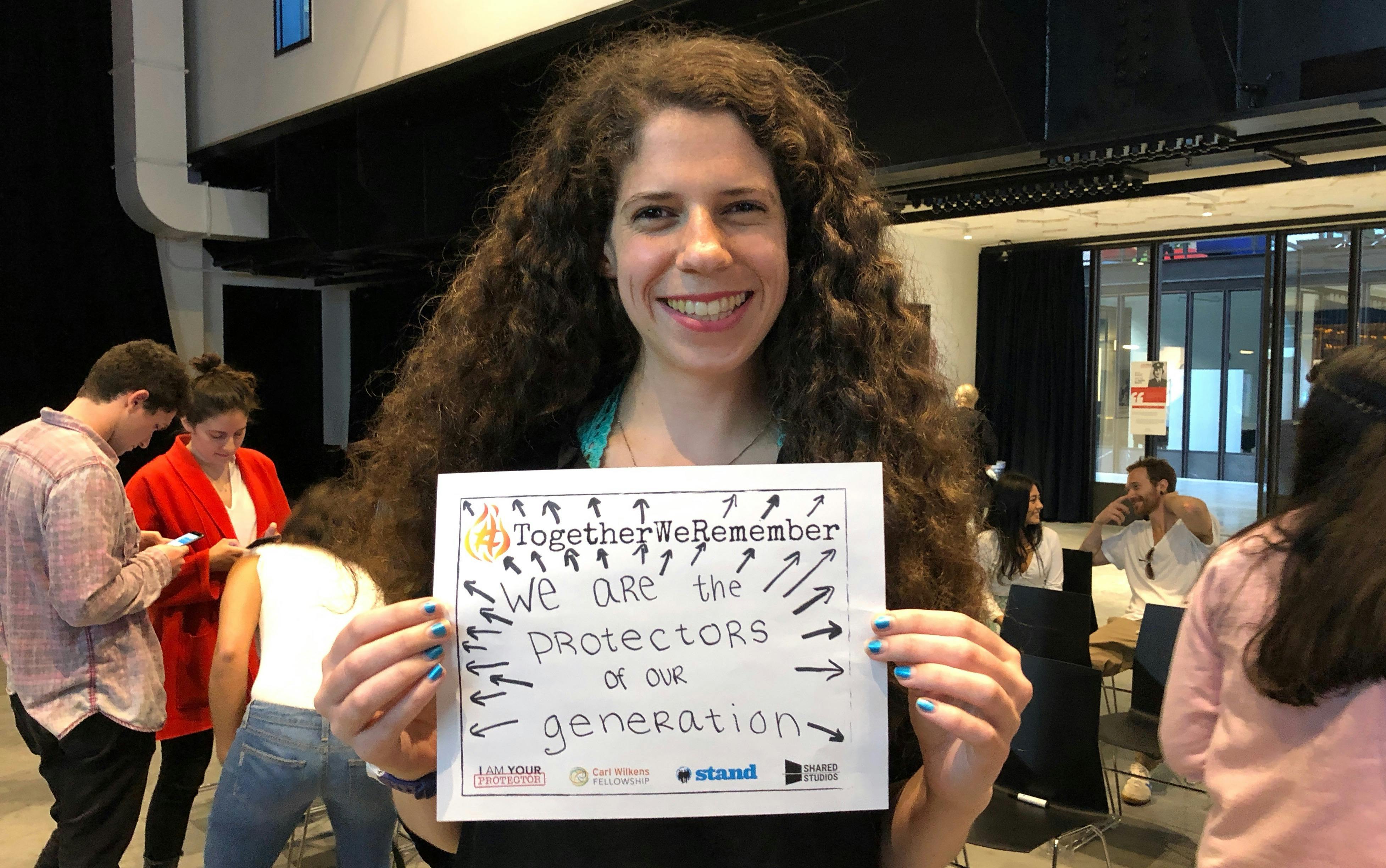It’s winter 1945 in a freezing, war-ravaged Europe. My paternal grandparents, Jewish resistance fighters, take cover behind a tree in a dense Lithuanian forest while exchanging gunfire with Nazi soldiers. My maternal grandmother, a teenager in Budapest, recoils in fear as bombs burst over her safehouse provided by Raoul Wallenberg. And my maternal grandfather clings to life as Typhus Fever ravages his body and mind in the Mauthausen concentration camp.
How I wish I could go back in time to tell them that they would survive all of this, and 75 years later, their grandson would share their story in schools across America, at the United Nations, and on a vibrant blog featuring innovative Jewish organizations changing the world. They might call this a dream, and yet, I fear it could be the beginning of another nightmare.
Antisemitism and other identity-based hatreds - towards people of color, sexual and gender minorities, and refugees - are surging on social media and in our communities. City names like Charleston, Charlottesville, Pittsburgh, and El Paso are seared into our collective memory because dangerous rhetoric is inspiring violent action. Research shows levels of polarization in the U.S. rival that of the Civil War era. Experts warn that political violence is increasingly likely surrounding the 2020 U.S. election regardless of the outcome.
The list of warning signs goes on, but perhaps the most anxiety-inducing trend for the Jewish community is the fact that the Holocaust survivors who made us promise “never again” are passing away when the lessons of the past may matter most.
When I speak with students and educators, I often introduce them to different diagnostic frameworks - ADL’s “Pyramid of Hate,” Scott Straus’s “Warning Signs Before Mass Atrocities,” and Greg Stanton’s “10 Stages of Genocide.” Without much prompting, these non-experts connect the dots. No, this is not 1938, but 2020 is a time for acute concern, steadfast vigilance, and morally courageous action.
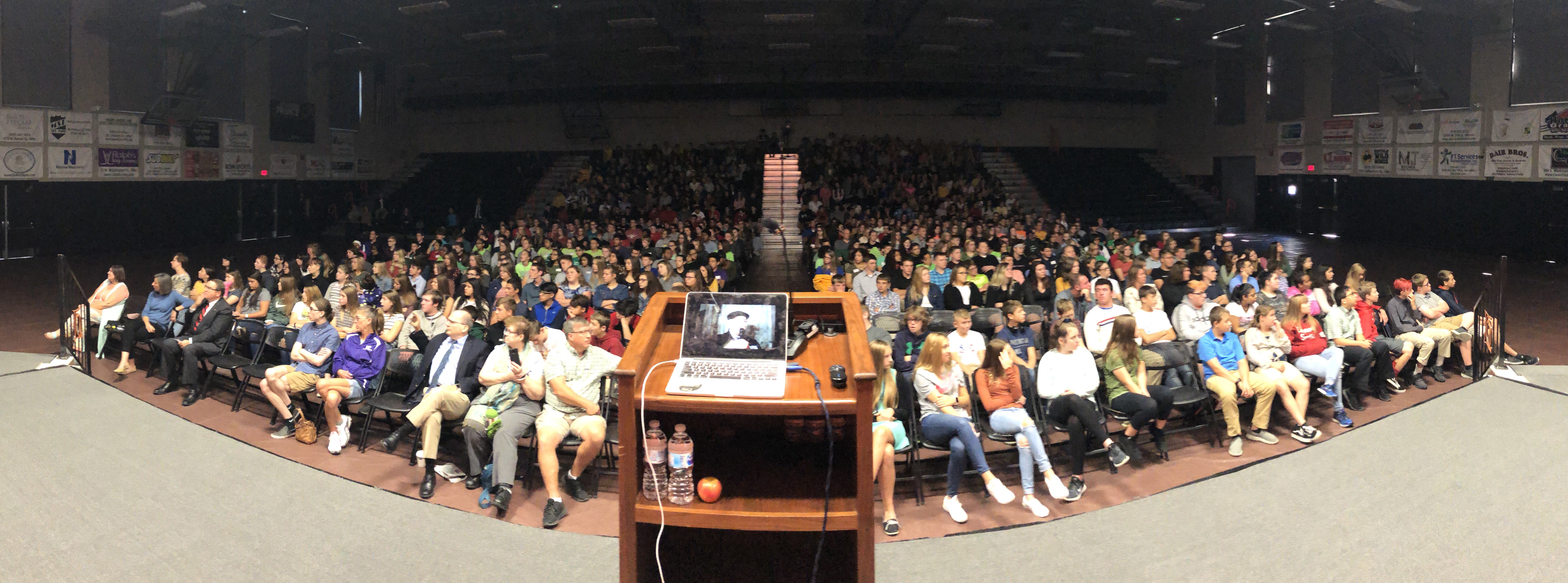
This is our L’dor V’dor Moment
The time has come for the next generation of leaders to transform remembrance of the past into a powerful and inclusive movement to fight hate in the present.
After all, isn’t this why so many of us visited the U.S. Holocaust Memorial Museum in 8th grade or marched for the living through concentration camps in Europe during high school? I have to believe this is why my grandfather brought me to Mauthausen twice by the age of fourteen, introduced me to his American liberators at their final reunion, and shared his story with thousands of kids from all walks of life across the world.
“It hurts, but I’m doing this here because I know I could do some good for the future generation,” said my grandfather inside his barracks at Auschwitz on his sixth and final March of the Living trip.
He did his part to prepare us for this moment, as have thousands of other survivors and educators. Now it’s time for us to do our part. As Elie Wiesel once said, “Memory can be a graveyard, but it can also be the true kingdom of man.”
Turning Trauma into Change
Collective remembrance has the power to open hearts and minds across lines of difference and build relationships of mutual trust. Doing so is essential to building communities that are resilient and responsive to violent hatred, including antisemitism.
This insight became clear to me when I was a student at Duke University and my grandfather passed away suddenly. My personal L’dor V’dor moment had arrived and I felt compelled to find a relevant, meaningful, and actionable way to honor his memory.
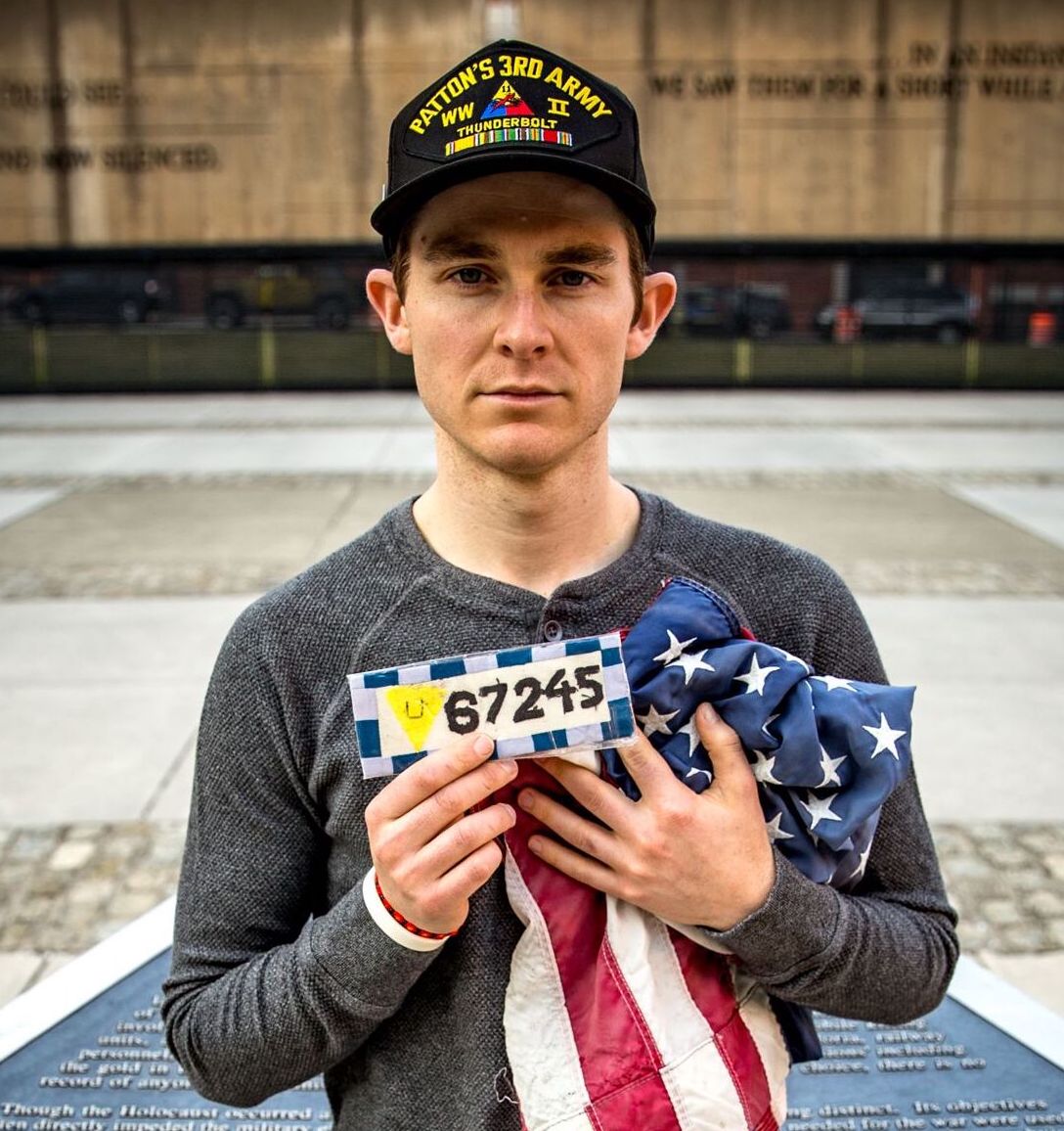
At the time, Israel and Gaza were at war. Tensions were running high between Jewish and Muslim students on campus. Recognizing an opportunity to bring the community together during this challenging time, I mobilized a group of friends across faiths to organize a vigil in the most visible space on campus on Holocaust Remembrance Day.
Instead of reading only the names of Holocaust victims, we decided to read the names of victims of different genocides throughout history. That way, when we said “never again,” our community would understand that we meant it for all people impacted by identity-based violence and everyone would feel welcomed to participate.
For ten hours in 2012 and twenty-four hours in 2013, we read thousands of names aloud for all to hear. In the process, we created an opportunity for other bridge-building activities: survivor testimonies, lectures, art exhibitions, performances, and dialogues.
By remembering humanity at its worst, we demonstrated what Duke could be at its best.
We dreamed of sparking thousands of synchronized, action-oriented vigils across the world each April during Genocide Awareness Month. By sharing those experiences live on social media we hoped to ignite a groundswell of support to fulfill our inclusive vision of “never again.” This is how the #TogetherWeRemember movement was born.
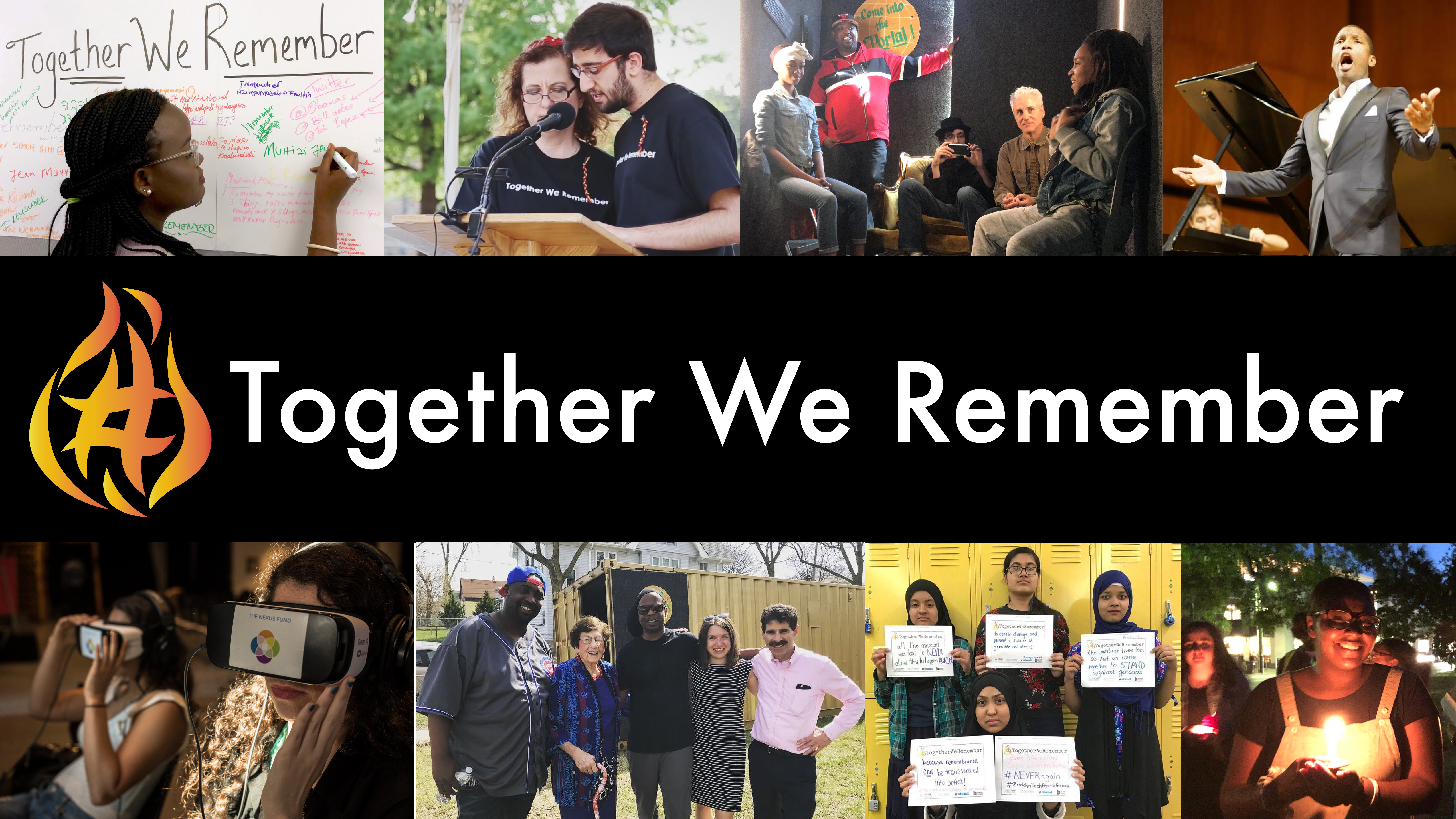
A Movement with Momentum
Since our first vigil program in 2012 we have:
- Trained over 125 community ambassadors in schools, museums, and faith centers who have engaged 30,000 people at 120 remembrance programs across 9 countries.
- Preserved over 180,000 names of victims from 14 atrocities in our database, which is streamed 24/7 in a virtual memorial online and made available to read aloud at remembrance events using our mobile web app.
- Invested $100,000 from Twitter to counter hate on its platform, leading to 11.6 million impressions and 125,000 engagements during our global campaign.
- Collaborated with elected leaders in 10 cities to pass Genocide Awareness Month resolutions.
I’m often asked, “What’s unique about a Together We Remember vigil? What can a vigil actually accomplish?” The answer is rooted in our core values and framework for bridge-building that guides everything we do (see here). In short, our campaign and vigils provide a vehicle for annual, repeatable, and measurable action that brings together essential stakeholders to collaborate and places diverse youth at the center of the change process.
From Charleston to Charlottesville and Kigali to Phnom Penh, we have created sacred space for truth-telling, healing, justice, and unity, especially in communities recently affected by violent hatred.

#TogetherWeRemember in Pittsburgh
Recognizing our potential to counter hate locally and nationally, the Holocaust Center of Pittsburgh invited us to incubate and grow our movement from Pittsburgh in 2020 and beyond. Together, we have gained commitments from Holocaust and human rights museums across America to host synchronized Genocide Awareness Month vigils in April 2020 and collaborate on social media to amplify our impact.
We also launched the LIGHT Education Initiative in Pittsburgh, which will enable K-12 teachers nationwide to host co-curricular vigils in their schools. Beyond the vigils, teachers will transform classrooms into “LIGHT Centers” - civic makerspaces that will serve as sustainable community hubs of Holocaust, genocide, and human rights education, outreach, and engagement.
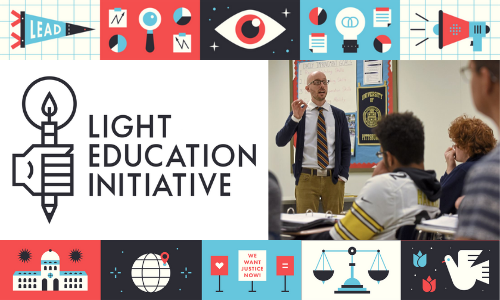
Be a Part of Our Slingshot
Being featured in Slingshot’s inaugural 10-to-Watch list is a dream come true. I’m grateful for the opportunity to share our story, but more importantly, to invite you to help us author its next chapter.
1. We welcome your presence. Show up, see us in action, and get involved. We have events planned across the country this spring:
- March 3: CANDLES Holocaust Museum (Terre Haute, IN)
- April 5: Holocaust Center of Pittsburgh (Pittsburgh, PA)
- April 5: Illinois Holocaust Museum and Education Center (Skokie, IL)
- April 19: Los Angeles Museum of the Holocaust (Los Angeles, CA)
- April 26: Dallas Holocaust and Human Rights Museum (Dallas, TX)
2. We welcome your wisdom. Contribute your skills, insights, and networks. We are recruiting for our Board of Directors, Advisory Board, and team so we can build capacity in the areas of digital media and marketing, education, organizing, technology and development.
3. We welcome your support. Invest in us so we can realize our full potential. We have done everything in our power to demonstrate what we can do as a bootstrapped nonprofit, but now we must make the leap to sustainability. If our work resonates, please consider investing in Together We Remember and shaping where we take the movement over the next decade.
A Light in the Darkness
Throughout the darkest moments in history, the brightest beacons of humanity always shine through. I am alive today because of the courage and kindness of Raoul Wallenberg as well as many strangers who I will never know. The greatest honor we can give upstanders like them is to stand on the right side of history at this critical juncture.
Join me and thousands of others who have pledged to transform remembrance into action to make “never again” a reality, once and for all.
We are ready for our L’dor V’dor Moment. Now, let’s rise to it.
David Estrin is the founder and CEO of Together We Remember (TWR). For more information about TWR’s offerings and approach, see here. To learn more about TWR’s partnership with the Holocaust Center of Pittsburgh, see here. David can be reached at david@togetherweremember.org.
Be on the lookout for our next two blog posts about TWR’s work from Dr. Lauren Bairnsfather, Executive Director of the Holocaust Center of Pittsburgh, and Nick Haberman, Together We Remember’s Director of Education.


